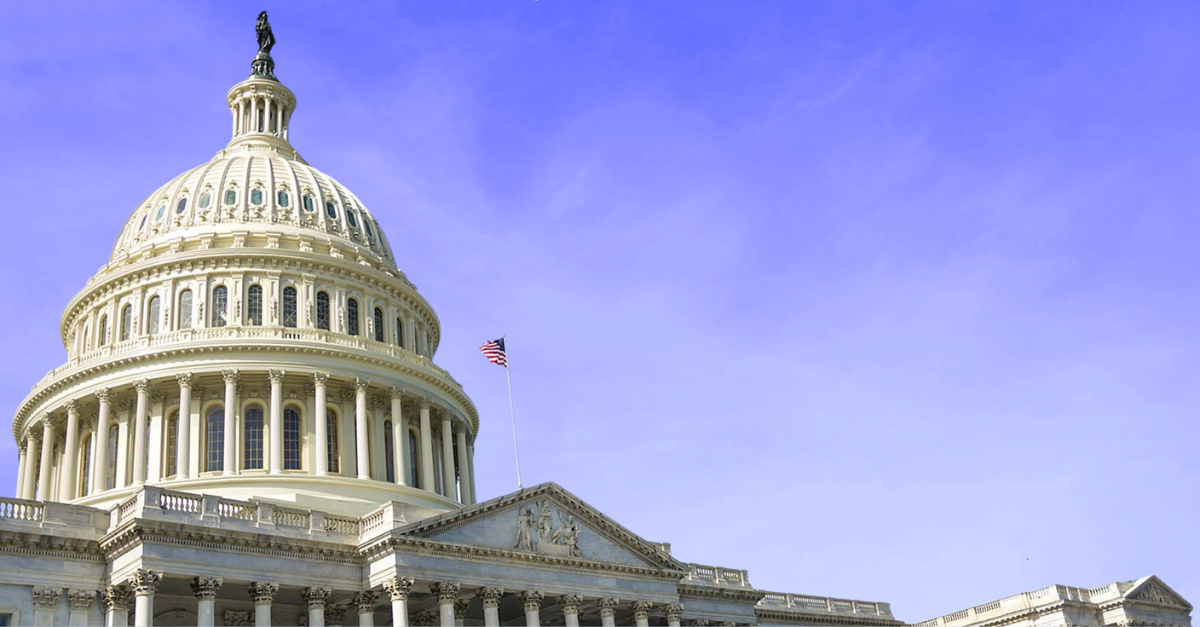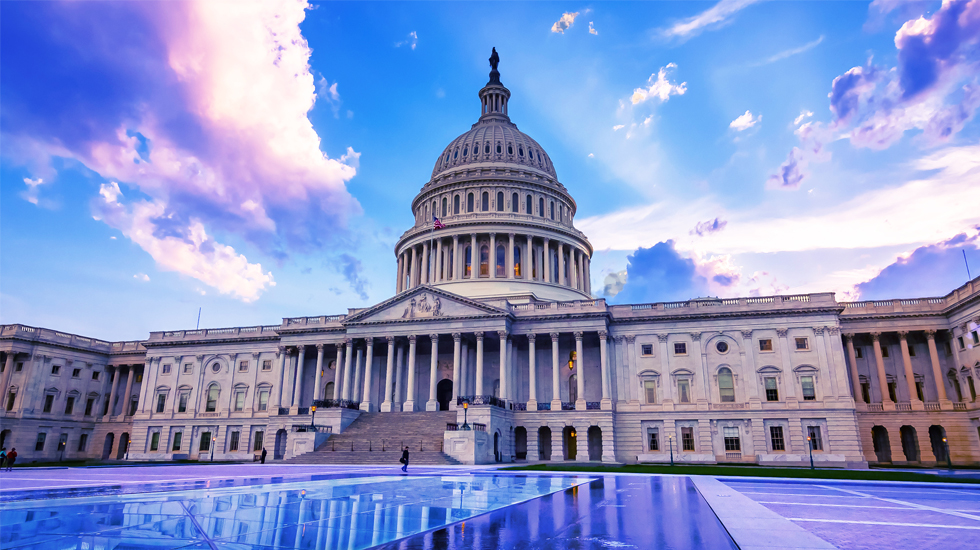First 100 Days: Upcoming Regulatory Signals for Consumer/Retail
Indicators of potential regulatory shifts to agency objectives and regulatory focus

KPMG Regulatory Insights
- ‘America First’ Agenda: Expect continued/expanded use of tariffs, sanctions and/or bans inclusive of product-specific (e.g., connected products), sector-specific (e.g., steel) and tech-related (e.g., IP).
- De minimis Exemption: Expect modification/elimination of the duty-free de minimis exemption following a review of the related tariff losses and risks from “counterfeit goods and contraband drugs”.
- Enforcement Use: Expect quick and expanded use of enforcement in the areas of import controls and immigration.
- Regulatory Divergence: Expect increasing global, federal and state regulatory divergence (e.g., workplace safety, supply chain restrictions).
__________________________________________________________________________________________________________________________________________________
February 2025
Many of the initial actions of the new Administration focused on “America First” policies relative to trade and immigration policies – directly impacting the Consumer and Retail industries. Much of the upcoming regulatory activity will be driven by the “American First Trade Policy”, which will help to set forth policy recommendations and associated actions in areas of tariffs, sanctions, bans, restrictions and enforcements.
Preliminary regulatory signals for this sector include:
- Agency Objectives, including a focus on “Unfair Trade”, Enforcement, and Global Pullback
- Regulatory Focus, including the Use of Tariffs, Sanctions and Bans as well as De Minimis Exemption, Crypto/Digital Assets and Competition
See also KPMG Economic Compass: Breaking Up Is Hard To Do: Tariffs & Trade Wars, here.
1. Agency Objectives
The direction for upcoming regulatory actions can be anticipated to be derived from:
Signals | Description/Examples | Source |
|---|---|---|
‘Unfair Trade’ Focus | Implementation of the “America First Trade Policy”, including evaluation of tariffs and other measures, trade policies/practices/agreements, and export/import controls on sector-specific, country specific, and/or tech related levels Focus to include:
|
|
Enforcement | Potential for increased enforcement in areas deemed “unfair” to US interests “Those who violate the law or import dangerous goods from abroad should be on notice: this Commission is focused and resolved to enforce our statutes.” |
|
State Activity | Potential for increasing divergence between federal government and patchwork of state laws (e.g., food date labeling - potential for federal standard via USDA/FDA and state laws (e.g., California, Massachusetts)) |
|
Global Pullback | Reassessment of trade agreements including the:
|
|
Withdrawal from Organization for Economic Co-operation and Development Global Tax Deal agreement on corporate taxes |
2. Regulatory Focus
To drive forth the Administration’s “America First Trade Policy” agenda, potential changes in key regulatory areas for the Consumer and Retail sectors may include a focus on and/or changes to:
Signals | Description/Examples | Source |
|---|---|---|
Use of Tariffs, Sanctions, and/or Bans | Continued/expanded use of tariffs, sanctions and/or bans inclusive of product-specific, sector-specific and tech-related Identified areas may include: technologies (e.g., IP, connected products); export policies (e.g., preventing circumvention of controls through supply chains and third countries); anti-dumping/countervailing duty laws; requirements for trade “balance” and reciprocity. | White House Actions, here and here
|
Execution of tariffs/duties on specific countries (e.g., China) and sectors (e.g., steel, aluminum) | ||
Incoming leadership (Commerce Secretary nominee) advocates “country-by-country”, “across-the-board” tariffs as a means to establish reciprocity Incoming leadership (US Trade Representative nominee) advocates reviewing “rules of origin” with regard to third countries inadvertently benefitting/free-riding from agreements with trading partners |
| |
De Minimis Exemption | Potential modification to the duty-free de minimis exemption | |
Competition | Re-consideration to “early termination” waiting periods on deals, as well as options (divestitures, etc.) and factors used in competition analysis Potential re-consideration of DOJ/FTC Merger Guidelines, including market-share and concentration thresholds for finding transactions anti-competitive |
|
Crypto/Digital Assets | Implementation of Executive Order on strengthening American leadership in digital financial technology | |
Launch of a Crypto Task Force dedicated to developing “a comprehensive and clear regulatory framework for crypto assets” | ||
Adoption of a more flexible approach to innovation and technology, including digital assets and tokenization, and fintech partnerships (e.g., payments providers) | ||
AI | Implementation of Executive Order on Removing Barriers to American Leadership in AI Naming of Special Advisor for AI and Crypto with responsibilities for overseeing regulatory frameworks, collaboration with officials and stakeholders, including PCAST, and alignment of AI priorities with administration policies Development of a new Artificial Intelligence Action Plan by July 22, 2025 | |
Misbrand/Mislabel/ Unsubstantiated Claims | Expect shifting focus on specific set of products within incoming leadership including HHS, FDA, USDA (e.g., dietary supplements, ultra-processed foods, front-of-package (FOP) nutrition labeling, date labeling) |
|
Dive into our thinking:
First 100 Days: Upcoming Regulatory Signals for Consumer/Retail
Indicators of potential regulatory shifts to agency objectives and regulatory focus
Download PDFExplore more
Get the latest from KPMG Regulatory Insights
KPMG Regulatory Insights is the thought leader hub for timely insight on risk and regulatory developments.
Meet our team



